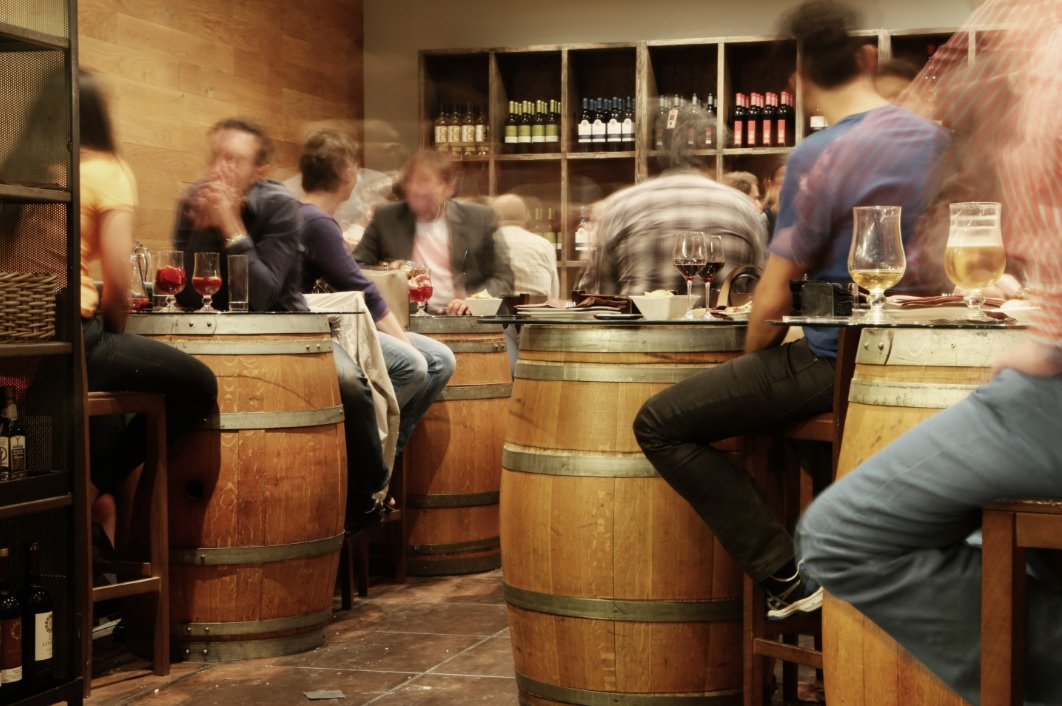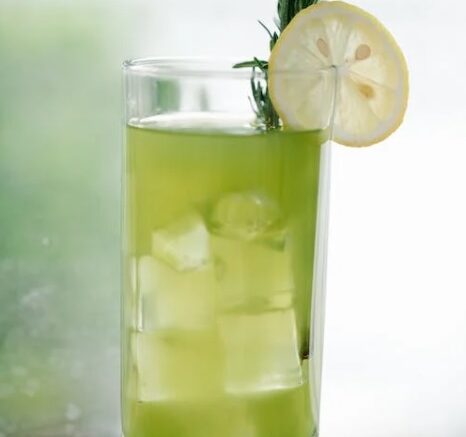There’s something quite magical about cocktails with an absinthe-rinsed edge; however, too much will ruin it and turn the drink green!
Absinthe is an intoxicating strong alcohol that requires a unique drinking ritual to enjoy it properly. A glass, an absinthe spoon and sugar cube, cold-ice water, and slowly pouring creates the milky-opalescent drink known as “louche.”
Absinthe Reduces Anxiety
As soon as alcohol absinthe is mentioned, people often have strong reactions. Some will describe hallucinations experiences while others use absinthe as a tool for creativity; still others might share stories of debauchery fueled by absinthe.
The Artemisia absinthium plant used to make absinthe is rich with essential oils known for reducing anxiety. Thujone helps the brain release serotonin and dopamine which reduce feelings of stress. Furthermore, this oil also contains an analgesic substance which acts on the medullary portion of the brain to alleviate pain and tension.
French impressionist painters and modernist authors like Ernest Hemingway were known for their enjoyment of absinthe, often depicted with glasses of it adorning their paintings. Leveraging its hallucinogenic properties as an inspiration source, they sought new ideas with every sip.
Higher proof spirits like absinthe can have even more of an impactful on judgment, than lower proof wines like beer and wine, including in terms of impairing health, social and employment consequences for their consumers. Alcoholism is a progressive disorder that needs professional treatment through therapy and medication combinations. If someone you know has a serious addiction problem with alcohol consumption, professional help for recovery should be sought as soon as possible.
Promotes Relaxation
As absinthe became increasingly popular during the 19th century, reports of hallucinations and other mind-altering effects began to surface. Although these were commonly blamed on absinthe, most likely those experiencing negative side effects from drinking absinthe had pre-existing mental conditions or drug abuse problems that contributed to them; heavy alcohol consumption can cause hallucinations or psychoses and withdrawal can also lead to psychosis.
Absinthe is a high-proof spirit, so its effects take time to be felt. Wormwood used in absinthe contains the chemical thujone which may have psychological ramifications when consumed in large quantities; however, small doses of thujone do not pose any significant danger; modern absinthe has much lower amounts than pre-ban versions.
To drink absinthe, fill a tall glass with absinthe and place a sugar cube onto an absinthe spoon. Next, slowly drip or dribble cold water over the sugar cube in an effort known as louching; as soon as all of it dissolves into solution, cloudiness appears and dilutes high-proof spirits so it is easier for consumption; louching also brings out herbal flavors while creating that milky hue so characteristic of true absinthe. With this method you can quickly evaluate quality; good brands will always produce perfect results each time!
Wormwood is Known to Support Digestion
Absinthe with wormwood was often used during the 17th and 18th centuries as a digestive aid and appetite stimulant. Wormwood’s nervine properties make it an effective digestive stimulant; many find that its use eases nausea or stomach upset as well as constipation relief and encourages movement of the bowels. Absinthe was even prescribed by physicians for people experiencing digestion issues! But keep in mind that while wormwood may have stimulating properties when consumed in excess, small doses may prove relaxing as well!

Absinthe drink may not be for everyone; true absinthe can be an intensely powerful spirit with 45-90% alcohol by volume; therefore most drinkers (even at upscale absinthe bars) dilute it with 4 to 5 parts water before sipping. Because absinthe is such a strong and bitter spirit, improper preparation may result in hangovers.
Absinthe is an intriguing spirit with many mysterious qualities. However, it’s essential to realize that despite its reputation, absinthe is not hallucinogenic; although the thujone found in absinthe can have stimulating effects such as stimulating muscles or inducing drowsiness rather than tripping you out completely. Famous writers and artists who made use of absinthe such as Henri de Toulouse-Lautrec, Edgar Allan Poe and Vincent Van Gogh may have taken other mind altering substances beyond absinthe. Legal absinthe sold in the US contains no more than 10 parts per million of thujone (technically thujone-free) which far below any threshold that could cause hallucinations.
Wormwood Expels Parasites
Absinthe’s wormwood-derived stimulant effects have long been revered, known for stimulating brain activity in small doses while acting as an effective vermifuge to kill parasites and prevent their return. But keep in mind that absinthe contains toxic levels of thujone – therefore it should always be diluted with water or another spirit to ensure maximum safety and enjoyment.
Absinthe’s supposed hallucinogenic properties are an urban legend; however, its effects may alter your perception and cause you to see things that don’t exist. Wormwood in absinthe was not responsible for creating green fairy visions attributed to Henri de Toulouse-Lautrec, Vincent van Gogh or Oscar Wilde who all consumed absinthe.
If you’re just getting into absinthe, take it slowly, buy always absinthe with wormwood, and ensure you purchase it from a reputable distiller. Steer clear of knockoffs which might contain THC and extra low levels of thujone; taking absinthe responsibly can provide an enjoyable licorice-flavored spirit experience while opening doors to some of history’s great minds.
